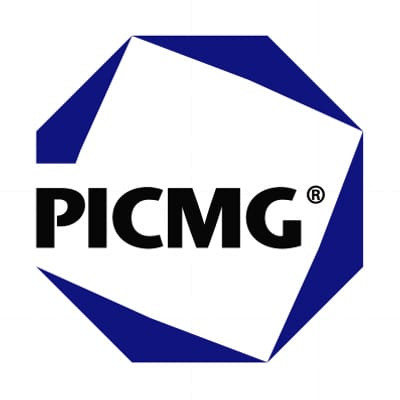New CompactPCI serial specification released
29-04-2025 | PICMG | Automotive & Transport
With Release 3 of the CompactPCI Serial specification, PICMG doubles the bandwidth and speed of CompactPCI Serial applications. This benefits sectors such as aerospace, industry and automotive.
PICMG has released the CompactPCI Serial Revision 3 (CPCI-S.0 R3.0). With the third revision of the standard, the organisation has been ensuring future viability and scalability for many years. CompactPCI Serial was originally developed to extend the open CompactPCI standard to fulfil the demand for robust, modular and powerful computer systems in industrial and embedded applications. The combination of high performance, modularity and robustness has made it a popular standard for industrial applications, automation, and much more – where robustness, interoperability and use in harsh environments with comprehensive connectivity are vital.
The release supports serial data transfer rates via PCI Express, USB, and Ethernet, as well as a robust design with AirMax connectors and full interchangeability with CompactPCI cards through 3U/6U slot card systems. Developers can look forward to the new opportunities presented by revision 3 compared to revision 2, which are among others:
Full PCI Express (PCIe) support: While R2 supported PCI Express up to Gen3 with 8GT/s, R3 extends support to PCI Express Gen4 with 16GT/s, increasing speed by doubling the data rate.
USB support: USB interface support has been improved from USB 3.0 (Gen1) with 5Gb/s in R2 to USB 3.1 (Gen2) with 10Gb/s in R3, doubling the bandwidth.
Ethernet: R3 supports 10GBASE-T and 10GBASE-KR Ethernet, allowing higher bandwidth network speeds.
Connectors: New AirMax VSe high-speed connectors for CPU boards are used in R3 instead of AirMax VS in Release 2 to realise these higher data rates. These connectors are fully upward and downwards-compatible.
“I am very proud that with Revision 3 of the specification, we have managed to provide all embedded integrators with better CompactPCI Serial performance. Developers can look forward to better connectivity, higher performance and much better scalability,” said Jess Isquith, president of PICMG.
The specification defines a modular computer system comprising a backplane, a system slot, and up to 24 peripheral boards. The mechanical design is fully backward compatible to CompactPCI and will interoperate with existing systems. A system slot board can also be employed in a peripheral slot to do multiprocessing. The easiest way to communicate in this case is via Ethernet. Ethernet utilises cable standards ‘xxBase-T’ instead of dedicated backplane standards. This lowers the cost, ensures better interoperability, and currently offers up to 10Gb/s data throughput. Plus, the implementation of the Ethernet connection of a system board can be done with a mezzanine board (3U or 6U). Due to this concept, more flexibility will be achieved because the usage of Ethernet does not depend on the system board itself.
CompactPCI Serial can be combined with existing CompactPCI boards by using a CompactPCI PlusIO system slot card. These hybrid systems offer an ideal migration path from parallel to serial connections. CompactPCI Serial for Space specifically addresses the extreme environment requirements for outer space. Developers who want to build applications for harsh environments in industry, aviation or more can now download the new specifications from the PICMG website and start designing immediately. PICMG member companies are also already working on their first products based on the new specifications. The release of revision 4 is even in preparation.



